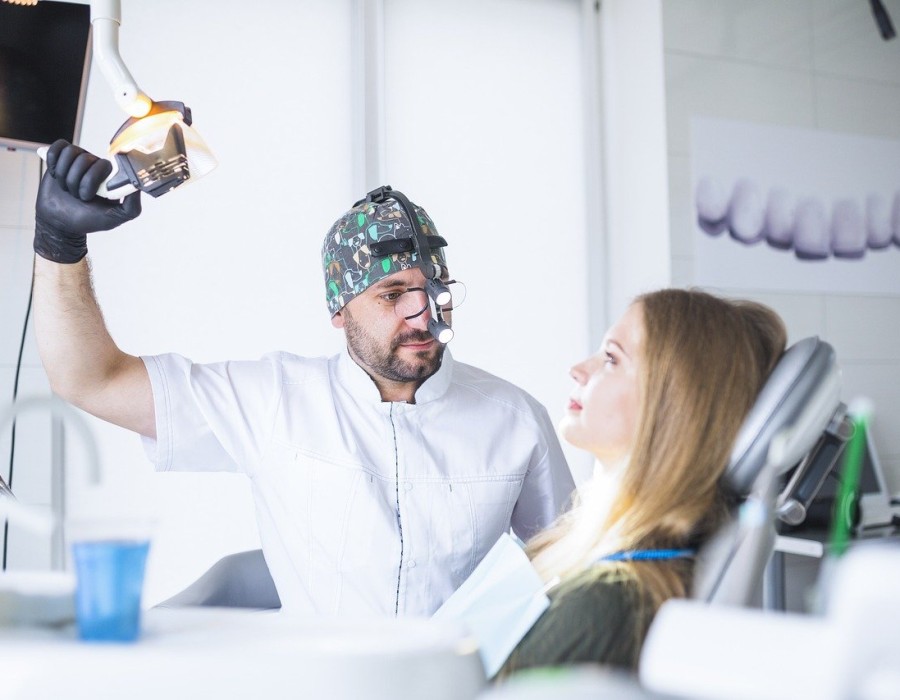Visiting the dentist can be a source of anxiety for many people. The sound of the drill, the fear of pain, or just the clinical environment can cause significant stress. For those who struggle with dental anxiety, sedation dentistry offers a solution. But what exactly is sedation dentistry, and how can you determine if it's right for you?
Understanding Sedation Dentistry
Sedation dentistry involves the use of medication to help patients relax during dental procedures. It’s sometimes referred to as "sleep dentistry," although this is not entirely accurate. Most patients remain awake during the procedures except for those under general anesthesia. There are different levels of sedation used in dentistry:
- Minimal Sedation: You are awake but relaxed. This is often achieved through inhaling nitrous oxide, commonly known as "laughing gas."
- Moderate Sedation (formerly called "conscious sedation"): You may slur your words when speaking and not remember much of the procedure. This can be administered orally through a pill or intravenously (IV).
- Deep Sedation: You are on the edge of consciousness but can still be awakened. This is usually administered through an IV.
- General Anesthesia: You are completely unconscious. This is used for more extensive procedures and is typically administered in a hospital setting.
Types of Sedation
- Inhaled Minimal Sedation: You breathe nitrous oxide combined with oxygen through a mask placed over your nose. The gas helps you relax. Your dentist can control the amount of sedation you receive, and the effects wear off quickly. This is the only form of sedation where you may be able to drive yourself home after the procedure.
- Oral Sedation: Depending on the total dose given, oral sedation can range from minimal to moderate. For minimal sedation, you take a pill, typically Halcion, which is in the same drug family as Valium. It’s usually taken about an hour before the procedure. The pill makes you drowsy, although you’ll still be awake. A larger dose may be given to produce moderate sedation. This is the most common type of sedation dentistry.
- IV Moderate Sedation: You receive the sedative drug through a vein, so it works more quickly. This method allows the Berwick dentist to continually adjust the level of sedation.
- Deep Sedation and General Anesthesia: Medications will make you either almost unconscious or totally unconscious (deeply asleep) during the procedure. While you are under general anesthesia, you cannot be easily awakened until the effects of the anesthesia wear off or are reversed with medication.
Benefits of Sedation Dentistry
- Anxiety Relief: For patients with severe dental anxiety or phobia, sedation can make dental visits tolerable, even pleasant. It helps alleviate the stress associated with dental procedures.
- Pain Relief: Sedation helps to control pain. While local anesthesia is still used to numb the mouth, sedation ensures that patients remain comfortable and free from distress.
- Fewer Appointments: For complex procedures, sedation can allow more work to be done in a single appointment. This reduces the number of visits a patient needs to make, which can be especially beneficial for those with busy schedules or who experience high levels of anxiety.
- Gag Reflex Control: For patients with a strong gag reflex, sedation can suppress this reflex, making it easier for the dentist to work.
- Comfort for Special Needs Patients: Patients with special needs, including those with physical or cognitive impairments, may benefit significantly from sedation dentistry. It ensures they receive the dental care they need in a safe and comfortable manner.
Is Sedation Dentistry Right for You?
Deciding whether sedation dentistry is right for you involves considering several factors:
- Anxiety Levels: If you have severe dental anxiety or phobia, sedation dentistry can make a significant difference in your experience.
- Complex Procedures: If you need extensive dental work or have multiple procedures to be done, sedation can make the process more manageable.
- Pain Threshold: If you have a low pain threshold, sedation can help you remain comfortable throughout the procedure.
- Gag Reflex: If you have a sensitive gag reflex, sedation can help suppress it, making dental procedures more tolerable.
- Past Dental Experiences: Negative past experiences can make you apprehensive about future visits. Sedation can help ease this anxiety and make dental care a positive experience.
- Medical Conditions: Certain medical conditions might make sedation dentistry a better option for you. However, it's crucial to discuss your medical history with your dentist to ensure sedation is safe.
Risks and Considerations
While sedation dentistry is generally safe, it’s not without risks. Possible side effects include drowsiness, dizziness, dry mouth, and, in rare cases, nausea. It’s important to have a thorough consultation with your dentist to discuss your medical history and any potential risks.
Conclusion
Sedation dentistry offers a viable solution for those who experience anxiety, have a low pain threshold, or need extensive dental work. By providing a calm and pain-free experience, sedation dentistry helps patients maintain their oral health without the stress and fear typically associated with dental visits. If you believe sedation dentistry could benefit you, consult with your dentist to discuss your options and ensure it’s a safe and appropriate choice for your needs.





Comments